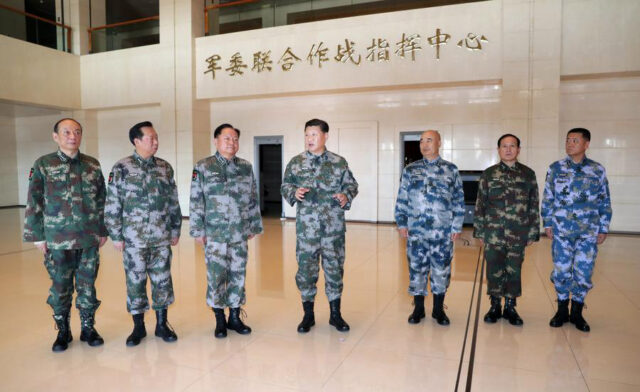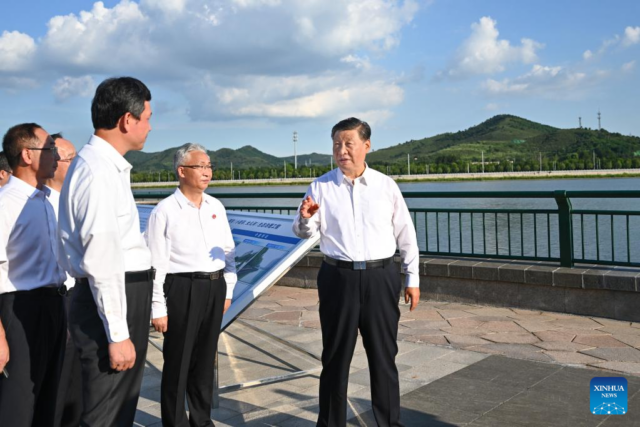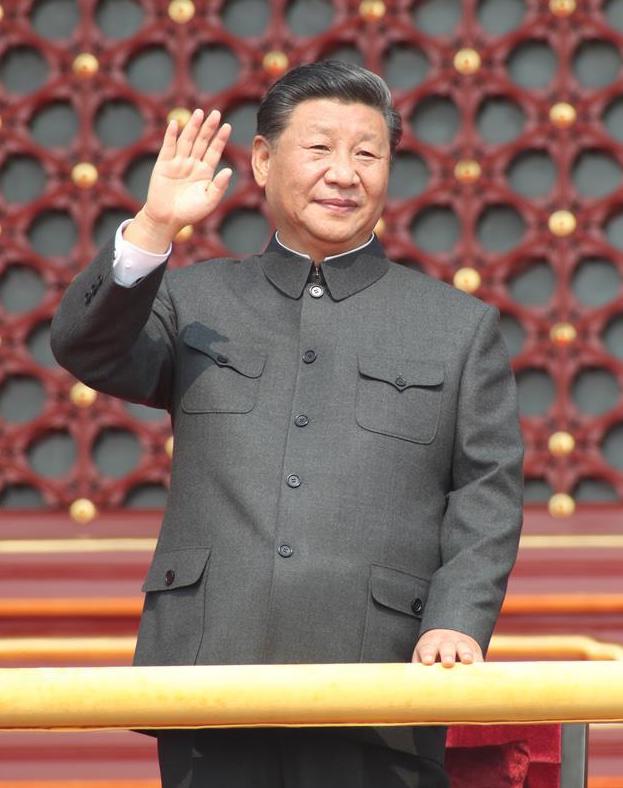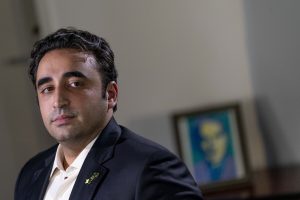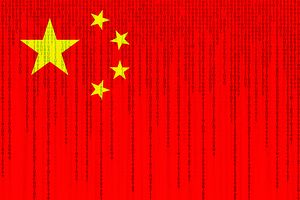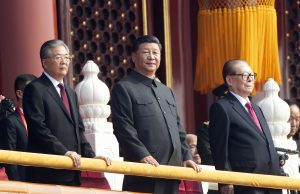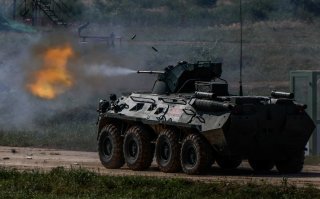Rathindra Kuruwita
In the first half of 2022, as the economic crisis in Sri Lanka spiraled out of control, India emerged as the island’s savior. Perhaps for the first time in decades, there was visible goodwill toward the South Asian giant among Sri Lankans of all communities.
However, in the past few months, the mood seems to have changed as Sri Lankans have become uneasy about India’s intentions. Additionally, India seems to be making a strategic error by banking on the Ranil Wickremesinghe administration. India’s backing of Wickremesinghe is bringing together groups that look at India with suspicion.
Aid and Trade
In 2022, India provided $4 billion in total credit support to Sri Lanka. This included $377 million as loans in the first four months of this year, a $700 million credit line for fuel imports, and a credit facility of $1 billion for the procurement of food, medicines and other essential items from India.
The assistance, albeit most of it coming in the form of loans, created a sense of goodwill towards India. However, there is growing wariness among Sri Lankans as New Delhi and Colombo have signed a number of strategic and commercial agreements, which brings Sri Lanka under India’s sphere of influence. People are questioning the motivations behind India’s help.
Sri Lanka has signed a slew of deals with India over the past year. In 2021, a Chinese company won a competitive tender for setting up hybrid power plants in northern Sri Lanka but had to halt operations due to Indian concerns. In March 2022, India and Sri Lanka signed an agreement for the same project.
In May, Sri Lanka signed a memorandum of understanding (MoU) with Indian state-owned Bharat Electronics Ltd to establish a Maritime Rescue Coordination Centre (MRCC) in Colombo. This is a part of India’s Security and Growth for all in the Region (SAGAR) Initiative in the Indian Ocean. The following month, chairman of the state-run Ceylon Electricity Board M.M.C. Ferdinando told Parliament’s Committee on Public Enterprises that the country awarded a tender to build a wind power plant in Mannar to India’s Adani Group after Indian Prime Minister Narendra Modi exerted pressure on President Gotabaya Rajapaksa. Upon the completion of the wind power plant, Sri Lanka will purchase a unit of electricity from Adani at 7.55 cents, paying twice the rate under competitive tendering. On September 30, 2021, Adani signed an agreement to develop the Colombo West International Container Terminal (CWICT). More recently in August, Sri Lanka granted Lanka Indian Oil Corporation, a subsidiary of Indian Oil Corporation, more gas stations.
Also in August, India attempted to block the docking of the Chinese research vessel Yuan Wang-5 at Hambantota Port. After authorizing the vessel’s arrival in July 2022, Sri Lanka requested China to defer the ship’s docking due to pressure from India and the U.S. While most Sri Lankans were initially sympathetic towards India, they subsequently viewed this as an infringement of Sri Lanka’s sovereignty.
It was a concerted campaign by friends of China, a coalition of left-leaning political parties, China friendship societies and public intellectuals that led the Sri Lankan government to allow Yuan Wang-5 to anchor at Hambantota Port when Indian and U.S. envoys failed to provide a concrete reason for their objections to its docking.
In what is widely seen as an attempt to punish Sri Lanka for not showing sensitivity to its concerns regarding the Chinese ship, India hit back by criticizing Colombo at the 51st Session of the UNHRC for “lack of measurable progress” in finding “a political solution to the ethnic issue,” and calling on it to fully implement the 13th Amendment. The 13th Amendment is seen by many Sri Lankans as a solution forced by India in the late 1980s when it called the “shots in Sri Lanka.”
Enter Think Tanks
Both India and China seem to be unable to read properly the ground realities and the mood of the people. China started with great advantages thanks to decades of work put in by China-friendly societies and left-leaning political parties. It squandered that social capital on the Rajapaksa clan. India too squandered several opportunities to win over Sri Lankans and solidify public support. This could be the result of the lack of area expertise.
This is evident, for instance, from reports put out by think tanks. In early September, a research paper published by the New Delhi-based think tank, the Vivekananda International Foundation (VIF) said that India must communicate to Sri Lanka certain red lines that it must not cross.
According to the VIF report, India should be “relieved” to have Ranil Wickremesinghe as the President of Sri Lanka, and Milinda Morogoda as Sri Lanka’s High Commissioner to India. “Even in his Throne Speech (Aug 03) to the Parliament, PRW [President Ranil Wickremesinghe] devoted several minutes talking about India and it was exceptional as no other country was mentioned directly or indirectly. This is unprecedented in recent times that no Sri Lankan Head of State has used the parliamentary platform or diplomatic event to articulate positive statements on India,” the VIF report notes.
It goes on to caution India against the Janatha Vimukthi Peramuna (JVP), the Frontline Socialist Party (FSP) and the Inter University Students Federation (IUSF) – Sri Lanka’s three largest leftwing parties.
The behavior of the JVP and the FSP over the past few years cannot be termed anti-Indian or pro-Chinese, although it is a well-known secret that Indian diplomats in Sri Lanka view both organizations as well as opposition leader Sajith Premadasa with suspicion, probably a hangover from developments in the 1980s.
While the JVP and the FSP are among the largest Sri Lankan left-wing parties, there are a number of other left-wing groups that are decidedly pro-China. These groups had played a major role in changing the government’s decision to defer the arrival of a Chinese research vessel in August.
Although the JVP, FSP and the other left-wing groups hardly cooperated with each other in recent years, things have been changing in recent months. Cooperation between these parties and the JVP and FSP has been growing after President Wickremesinghe and his pro-Rajapaksa backers started arresting left-wing activists. Indian hostility towards the JVP and the FSP, and their support of the government, could only draw them more towards their pro-Chinese allies.

